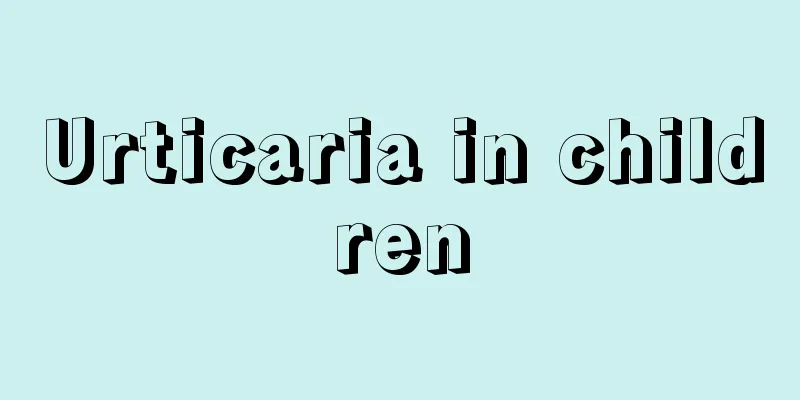Baby hits forehead

|
If we have a baby's fracture, head injury will often cause local pain, and obviously more swelling. If the swelling is accompanied by vomiting, drowsiness and allergic movement and abnormal sensation, now the baby has no preliminary consideration of the local scalp soft tissue injury. If there is a suggestion to go to the hospital for examination, if not, then there is no need to worry, because the child's healing ability is very strong. ①What symptoms should be focused on after a child falls and injures the head?Head injuries from falls and bumps are common in children. As a parent, what we worry about most is "damage to the brain". Moderate to severe head injuries all cause varying degrees of changes in consciousness, which are easy to judge. The symptoms of mild injuries are atypical, difficult to judge, and it is unclear what changes will occur, which is most likely to make parents anxious. In most cases, the most common injuries after a fall are scalp hematoma or bruises, and sometimes scalp lacerations. We hope that parents will master the following principles: 1. If you have a large scalp laceration or bleeding, you need to go to the hospital to check the wound. The scalp has great tension, and the wound is not easy to close naturally, so it is often necessary to cleanse and suture the wound. 2. If an infant or young child continues to cry and is difficult to comfort after a fall, he or she needs to go to the hospital for examination to rule out intracranial hemorrhage, fracture, etc. 3. Repeated vomiting after a fall requires going to the hospital for observation to rule out concussion, intracranial hemorrhage, etc.4. If bleeding or "water" (cerebrospinal fluid?) occurs in the nostrils or external auditory canal after a fall, you need to seek medical attention immediately. These may come from within the skull and need to be identified. 5. If you experience changes in consciousness, limb paralysis or movement disorders under any circumstances after a fall, you need to be sent to the hospital for diagnosis and treatment immediately.
Head injuries from falls or bumps often result in bruises or hematomas. In addition to paying close attention to the symptoms mentioned in the previous Weibo post, you should also perform preliminary treatment for the injury. For hematomas or bruises without skin damage or bleeding, cold compresses can be considered in the early stages to reduce subcutaneous bleeding and spread. Ice packs or refrigerated bagged milk can be used. A few points must be noted: 1. The ice bag should be wrapped with a dry towel or handkerchief, and should not be placed directly on the skin to avoid frostbite. 2. Cold compress is generally applied within 48 hours after injury. The earlier you start, the better the effect. There is usually no obvious effect after 48 hours. 3. Each cold compress should last about 15 minutes. It can be done multiple times depending on the child's tolerance. There is no special limit on the number of times. 4. If there are abrasions or minor bleeding on the skin, apply pressure to stop the bleeding first, then disinfect with complex iodine or alcohol, and apply cold compress after it dries. Wounds that bleed profusely require hospital treatment. |
<<: How do primary school students train their abdominal muscles
>>: What to do if a little boy matures early
Recommend
What foods are the most brain-boosting for children?
All parents hope that their children can become s...
Adverse reactions to the first injection of pentavalent combination
Children have poor body resistance and are easily...
What medicine should children take for bedwetting
As parents, we are still worried about children&#...
What are complicated febrile seizures in children?
The health of children in the family may directly...
The harm of tics to children's health
Children's physical health is an issue that p...
Can a 4 month old baby sit?
Every change in the baby after birth is watched b...
Baby care methods
Babies should pay special attention to their dail...
What is hydronephrosis in infants?
Infant hydronephrosis is a common disease in the ...
Child's fingers are swollen and hard
Children's skin should be soft and smooth, bu...
Baby has a cold and blood in his nose
If the baby gets cold, it is very easy to catch a...
This signal from the child’s body is actually nutritional imbalance!
Many parents are very concerned about whether the...
Treatment of red pimples on baby's body
The red bumps on the baby's body look very sc...
Children with eczema, these folk remedies are very effective
Many parents will find small red spots on their c...
What are the symptoms of high muscle tension in newborns?
The health status of newborns is the most concern...
What are the reasons for the baby's big belly
In real life, we see that the belly of a newborn ...









